
The best advices for guest post link building strategies
Category : Link building
Earning high quality backlinks can often be difficult, particularly if you’re trying to build them all on your own. Luckily there are some ways that community involvement can help you out, so you don’t necessarily have to purchase any backlink building services. The following are some strategies that won’t cost you anything more than a bit of time and effort to implement.
Guest posting is still one very sure way of scoring quality backlinks when conducting link building campaigns, it only requires hard work and ‘out-of-the-box’ strategies.
Guest blogging for high authority websites using quality content is one of the best ways to build valuable links. However, your primary goal from guest blogging should be to build authority and grow your readership.
If you focus simply on building backlinks, you might end up with a bunch of links from low-quality websites. This can do more harm than good. So how do you build links effectively with guest blogging? Let’s find out.

guest post link building
There are 4 ways to find out which sites are accepting guest posts:
1. Search in Google
First, to find blogs that allow guest posting, you can search on Google. For example, you could search “digital marketing guest posting sites” to see a list of high-domain platforms.
The most common ones would be Mashable, HubSpot, GetResponse, and more.
Another way is to search for certain keywords related to guest posting such as:
– Write for us
– Contribute
– Guest Post
– Guest Contribution
– Guest Post Guidelines
– Editorial Guidelines
– Contribution Guidelines
– Submit a post
– Submit an article
Once you have done this, there will be ample of suggestions for you to choose from.
2. Search Within Relevant Sites
An alternative to the previous process is searching for the similar keywords in the search bar provided by websites that have the same niche as yours.
For example, if you are a digital marketing company, you could make a list of sites that provide digital marketing services, website development services, or other businesses that write articles on SEO and social media.
Search on their site for guest blogging opportunities by typing “write for us” in the search bar. It should take you to the right landing page.
However, if the webpage does not show a search bar, you can also type the domain name along with the keywords mentioned above in Google. For a site named Thrillax, searching for “thrillax.com write for us” would give expected results.
3. Follow Other Guest Bloggers
When you see posts on some blogs, check if there are other guest bloggers. You can list some authors that you notice frequently posting on various sites. Searching for them on Google will show you some of the other sites that they have been posting on. Then, just write content to populate those sites.
To get good results, it is essential to submit well-written content that provides valuable information to readers.
But sometimes you might not get the results you were expecting, even with the best content. Therefore, you need to take into consideration every minor detail while carrying out guest posts.
By using different approaches when guest writing, you can build a relationship with other bloggers. This will help you get more referrals to your blog. Also, bloggers might ask you for more content or may provide some suggestions to improve your writing. Free expert advice is never a waste.
Of course, the main benefit of posting on popular sites is that you’ll expose your writing to a wider audience. It’s an easy way to gain new readers. And, eventually, they might start visiting your website regularly for more quality content, converting into loyal readers.
More credibility can be gained by guest blogging on high authority websites. If these sites have mentioned you, it indicates to Google that they trust you. This will end up increasing trust among visitors on others’ sites, too.
Check for the domain authority of the page. The minimum must be 25. Sites with an authority lower than that will not be very credible in Google’s eyes.
Try to approach websites having the same target audience as that of yours. This will build relevancy and enhance the quality of your referral traffic as more people click on the links to your site.
Having an understandable domain name is a sign of a good website. Moreover, such webpages will allow you to interact with polished and sophisticated readers, giving you exposure to an already established community that will actually benefit you.
Supplying content to authentic blogs will position you as a credible source of information. Your audience will then trust you more because you’re being acknowledged by reputable brands. As a result, you’re generating increased trust on your own blog (and brand).
Be careful — Some domains will have a group of websites under a similar IP. These are the sites that you might want to avoid. The host will typically provide you with a list of other websites that they control, which might seem helpful. However, they’re more likely to only publish your content in exchange for money.e
Related post: Tips to build blog comment backlinks to boost rankings
_______________________________________________________________________________
Please contact us for seo service packages at TDHSEO.COM.
TDHSEO Team
Email: tdhseo@gmail.com
Skype: tdhseo
https://www.facebook.com/tdhseo
Thank you!


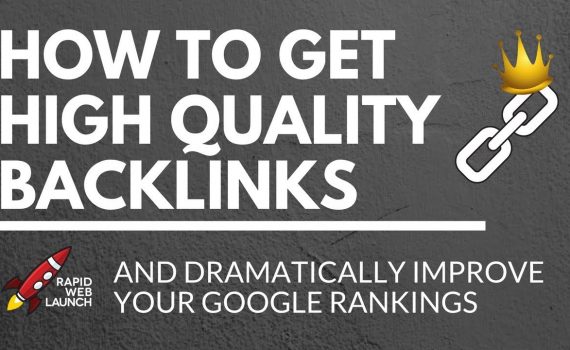
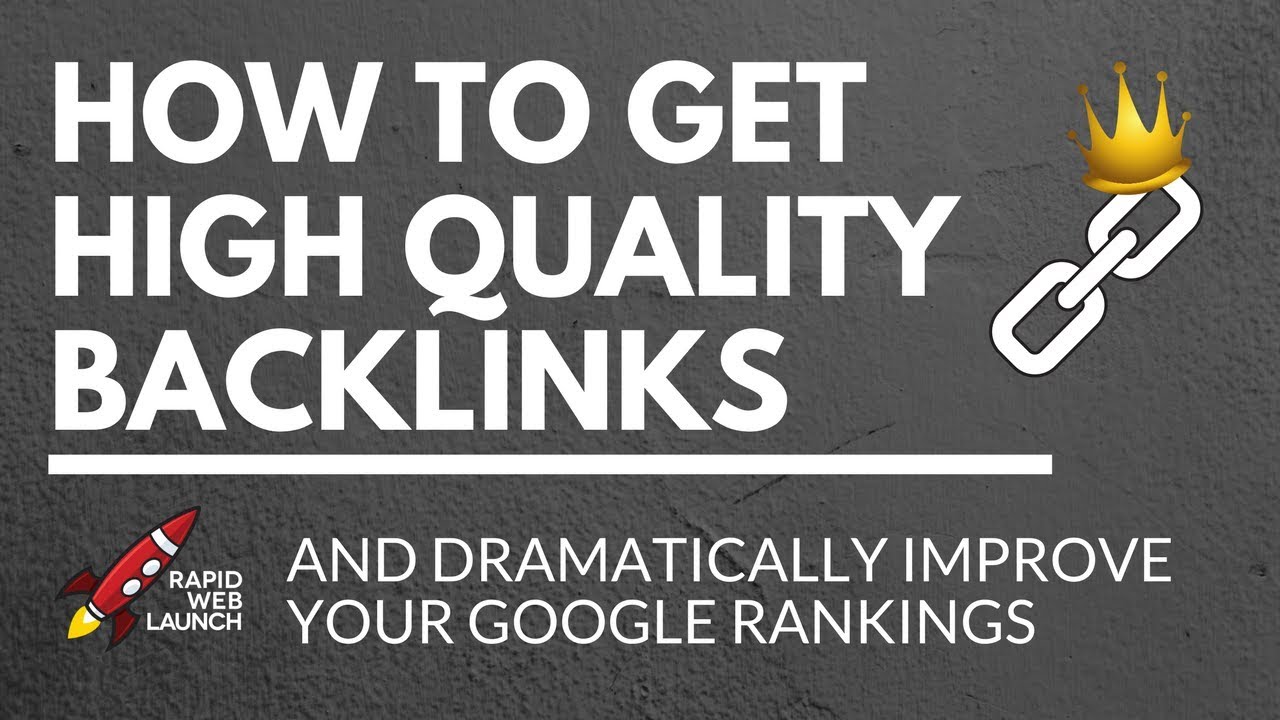
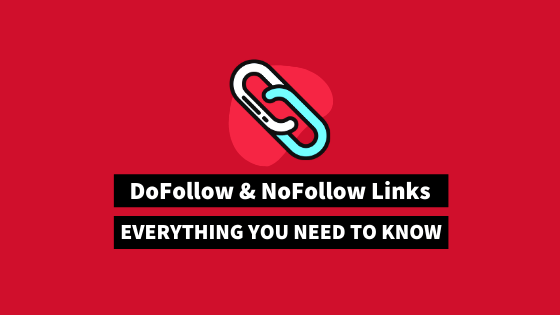
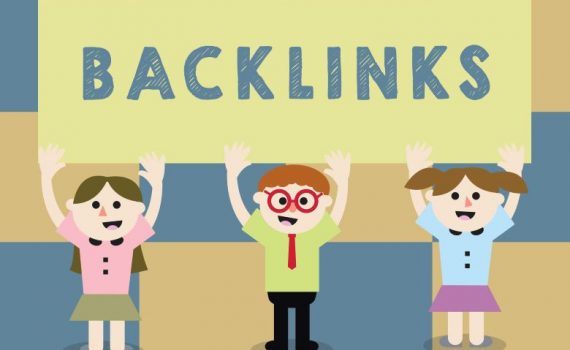
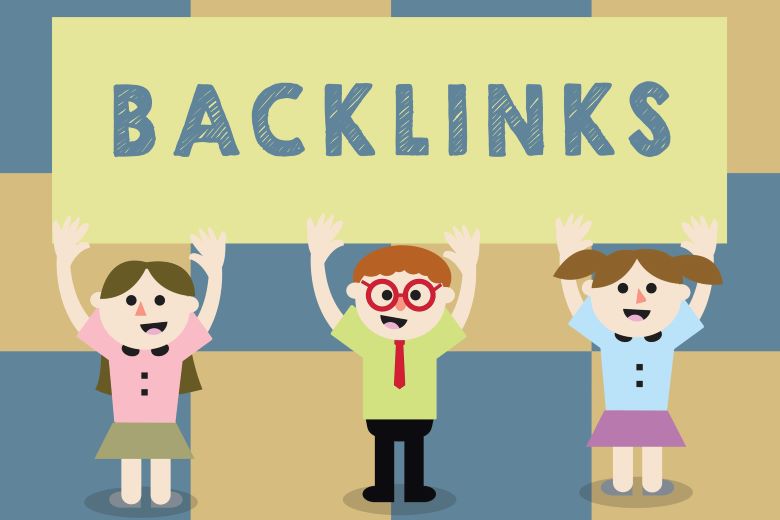
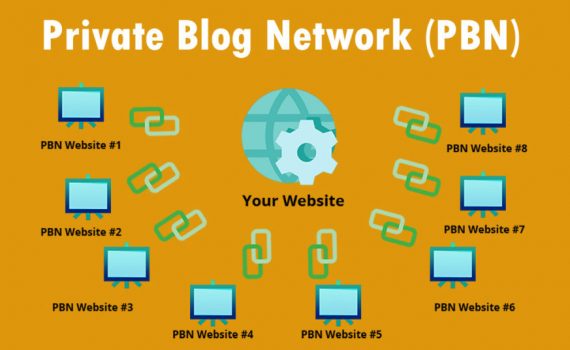
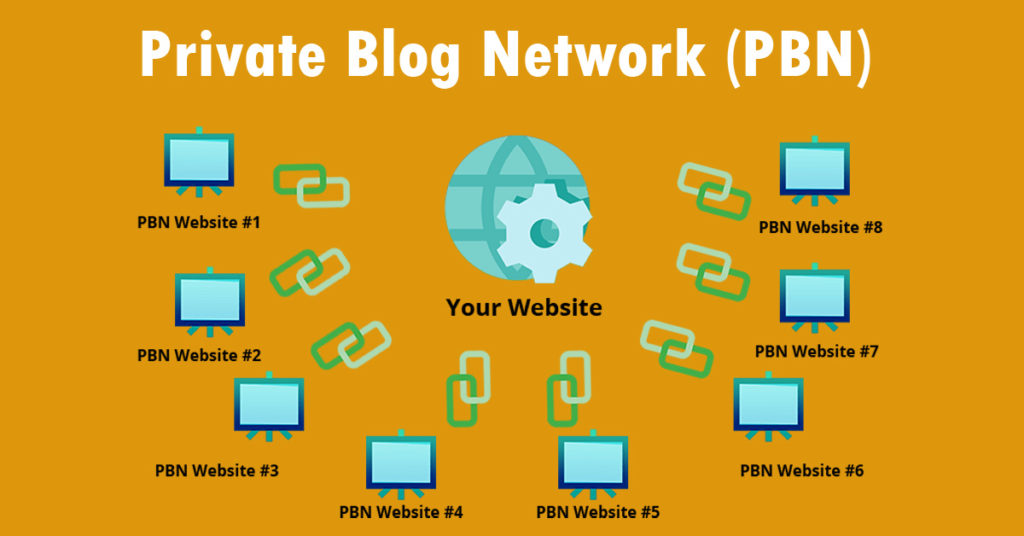






-
Tips to build blog comment backlinks to boost rankings
Tags : Blog comment link buildingLink building strategiesLink building tips
Category : Link building
There are plenty of reasons to keep commenting on blogs—as long as you’re doing it in the right way and with the right goals.
So, what’s blog commenting SEO good for today?
From finding high-quality sites and engaging with commenters like a pro, here’s my best blog commenting tips:
– Find high-quality websites to comment. When I say high-quality, I’m looking for websites with a domain authority of 60+.
– After you pull your list of top websites, search for an article most relevant to your target audience.
– Now, you can begin to add value with your comments. I follow the “sandwich affect” when I comment on an article.
Acknowledge the author by name and add a compliment.
– Sprinkle in valuable information you took from the article, while adding additional data that may spruce up the article.’
– If you add a link, it needs to be relevant and add value to the post or discussion.
– Again, acknowledge the author by name and end with a compliment.
– Remember to keep your blog comment short and sweet. I aim to keep mine under 100 words.
Finally, and most importantly, when it comes to blog commenting, you should follow one crucial rule, no matter what:
Make your comment valuable to the post and the discussion.
A comment that has nothing to do with the post itself, no matter how long and intelligent it sounds, won’t help you one bit.
You have to actually read the post and make your comment a response to the post, or a response to another commenter’s comment.
Be a valuable commenter, not a comment spammer!
blog comment backlinks
Steps to Successful Blog Commenting SEO
Get personal
If you want people to go from your comment to your website, it’s important that they know who you are!
If you just leave your first name, people probably won’t connect you to your brand.
So, make sure to put your full name and the name of your brand. If you want people to recognize your company name right off the bat, you might put something like “Amy Copadis from MyCompany.”
And what about a photo?
First, make sure that you use an email that’s attached to a Gravatar account.
Second, make sure your Gravatar account has a recent picture of you to display!
If you want people to see your company or brand, you may want to place your brand logo as a Gravatar image. Generally, however, it’s better to have a picture of a real person—that helps you look more authentic and less spammy.
Don’t comment to get backlinks only
I see many bloggers making this very mistakes of thinking blog commenting is all about building links for SEO purpose. You’re dead wrong if you’re still thinking this way.
First, take away such mindset and frame your mind in the right direction of what blog commenting is all about. The quicker you understand and agree to this simple but complex rule, the better you’ll make the most out of your commenting efforts.
Blog commenting is an easy way to fall into Google’s link building scheme penalty if you’re mainly doing it for SEO purposes. If your primary aim is to run a marathon of leaving xxx numbers of comments a day on blog posts, then you will probably fall under the hammer.
When a huge number of links pointing towards your site are from blog commenting other than editorial votes then you’re automatically inviting one of the animals (Panda, Hummingbird, and Penguin) in the Google zoo to come dine with you.
Do your blog commenting naturally and don’t make it a mandatory task to leave certain amount of comment every xxx days, weeks or month.
Say something worthwhile and relevant
If you’re commenting on popular, authority websites (which is highly recommended), you’ll be one in a sea of comments that follow.
So, how are you going to stand out?
First, you need to make sure you’re on topic.
So start by reading the blog post thoroughly. Know what’s inside, and the direction that the author took with the information he presented.
Second, you need something valuable to say.
We said above that writing blog comments is not a quick backlink scheme anymore. So don’t view it like that. Invest some time in responding well to the blog content, and add valuable information that wasn’t in the original post.
This will make both the author and the readers see your blog comment as a valuable contribution, thus seeing you (or your brand) as valuable as well.
Wait for the right moment to add your links
Hopefully, you’ve already linked your name out to the exact place where you want people to land on your website.
However, in certain places, it might be appropriate to leave a link to a relevant article or post on your website.
For example, let’s say you’re commenting on a post about email marketing strategies. In your comment, you might expand on an idea that was mentioned in the article, then refer back to a post on your own website for more detailed information, or maybe a case study that you did.
Including these kinds of relevant, valuable links will increase the likelihood that someone will make it to your website.
Use Your Real Name
If you ever run a blog, you will know how frustrating this one could be when you see things like, “John SEO Traffic”, “Five star hotel In Canada”, etc as the name of comment authors.
No matter how relevant or remarkable your comments may appear to the blog owner, it will surely ended up mark as spam or possibly in the trash folder.
No Anchor text in comment
Except that you’re very sure of your relationship with the blog owner and the anchor text in question is for educational purpose only; no other reason for including a link to other sites in your comment.
You will be perceive as spammer and this could lead to Akismet and other spam fighters tools to always mark your comments as spam.
Wrapping it up
These blog commenting best practices will help you mostly get the best out of your effective regular blog commenting efforts if you take them seriously, and some of the points listed on this list needs to be work on long enough to see the required results you want – targeted website traffic that engage with your content, relationship building, networking etc.
Related post: How to find out quality backlinks?
_______________________________________________________________________________
Please contact us for seo service packages at TDHSEO.COM.
TDHSEO Team
Email: tdhseo@gmail.com
Skype: tdhseo
https://www.facebook.com/tdhseo
Thank you!